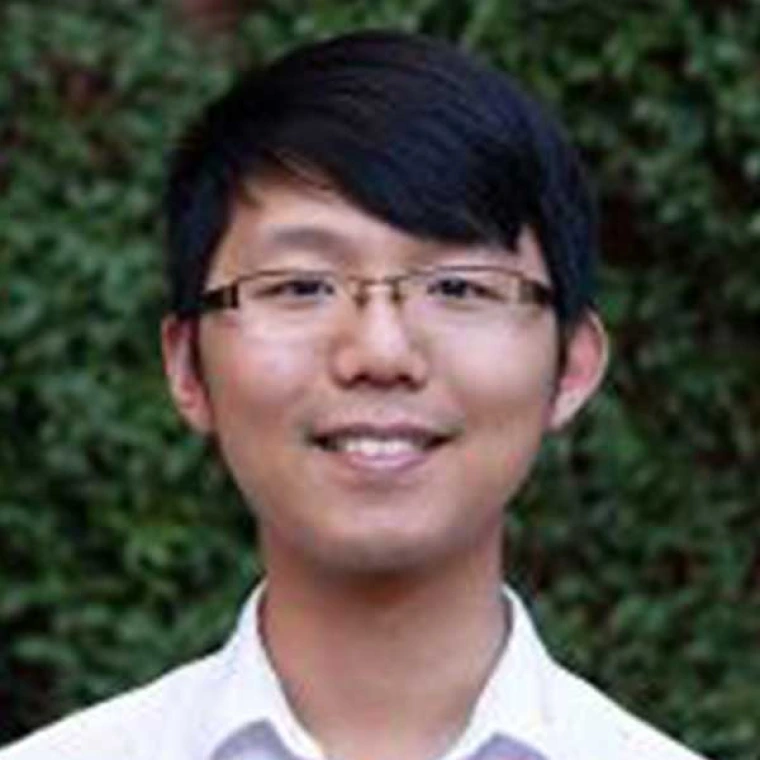Ben Yang
Mentor
Albert Barberan, PhD
Department
Environmental Science
Abstract(s)
An integrated model to interpret the plant-microbial interaction from a restoration perspective.
The central role of the soil microbial community in ecosystem processes and services has been largely acknowledged. However, commercialized microbial inoculants often have no consistent result in restoration projects. The effect of soil microbial community is driven by the complex interactions between the microbial community, plant community, and the environment, whereas microbial inoculants are developed based on the interaction between inoculated strains and the target plants. We need a macroscopic scope to understand and role of the microbial community in plant succession. Here we unified different plant-microbial interactions into a stabilizing force and a destabilizing force to the coexisting plant and microbial community. We derived a co-succession model to integrate microbial community and plant community into one system through the two forces during succession. This model lays the foundation for applying microbial community as restoration indicators and points out a new direction to manipulate the soil microbial community.
Plant functional traits shifting soil microbial community provide a new approach to microbiome management.
Soil microorganisms are crucial to ecological processes and services. The microbial community has been increasingly studied to improve restoration outcomes. However, manipulation of it remains a daunting task due to the limited cultivated strains and largely unknown mechanisms. We studied the impact of different native plants on soil microbial communities by collecting and sequencing the soil from the RestoreNet revegetation network across the Southwest US. We found those plant communities with the similar functional composition are shaping microbial communities in the same direction. This finding supports that the microbial community can be selectively manipulated through the revegetation of different plant functional groups. Artificial fertile islands might be a feasible way to manipulate the soil microbial community at the landscape scale.


